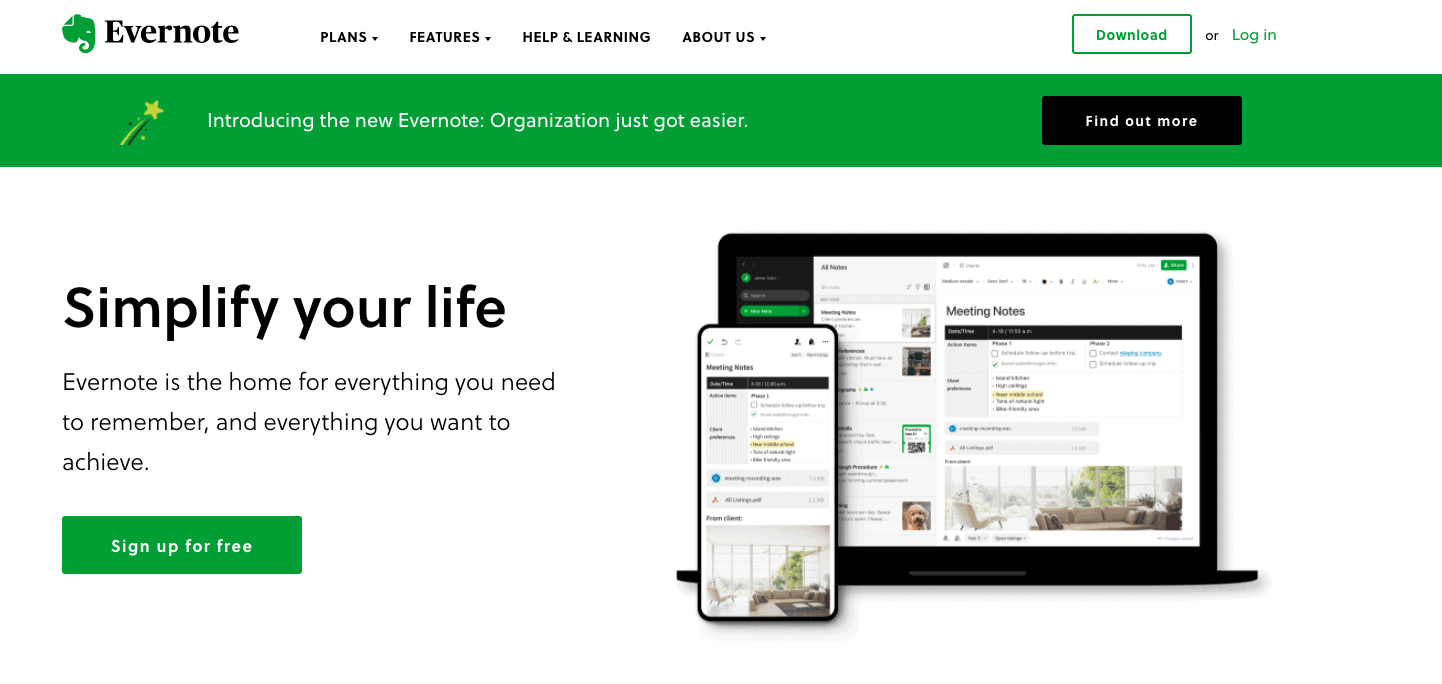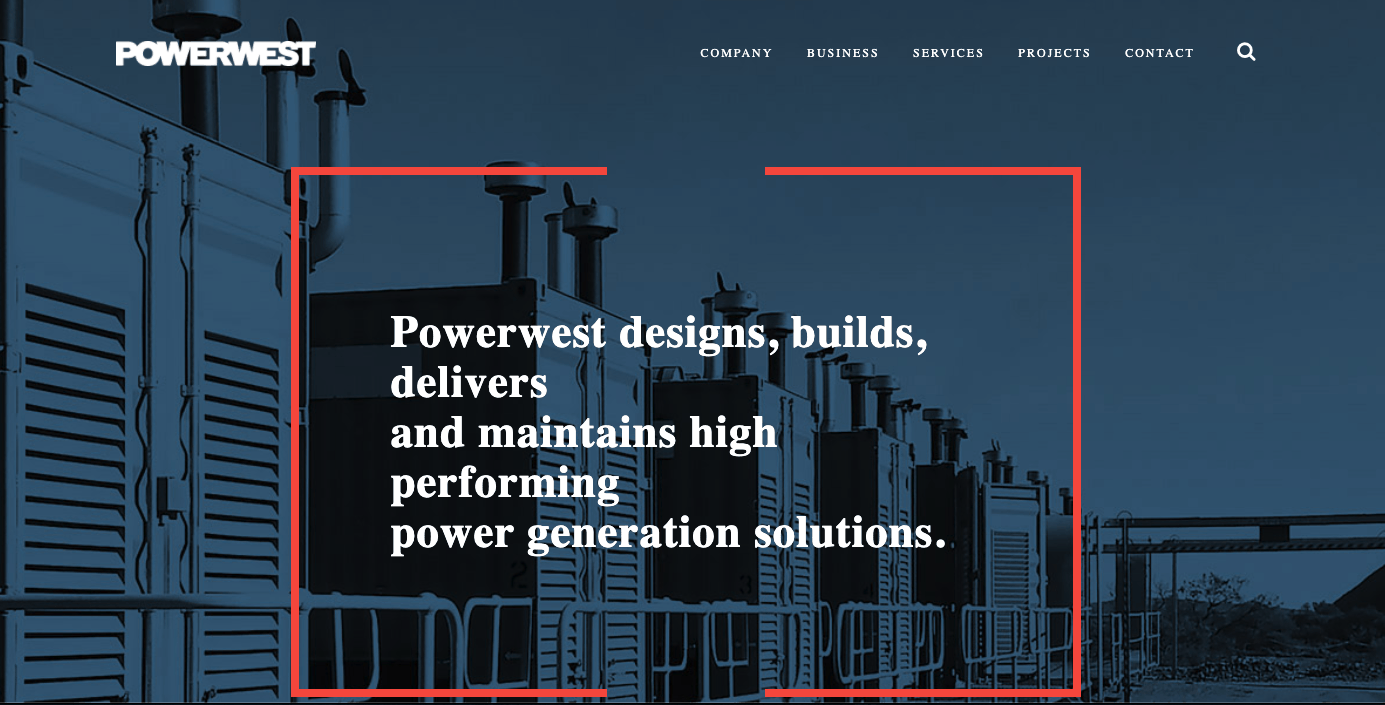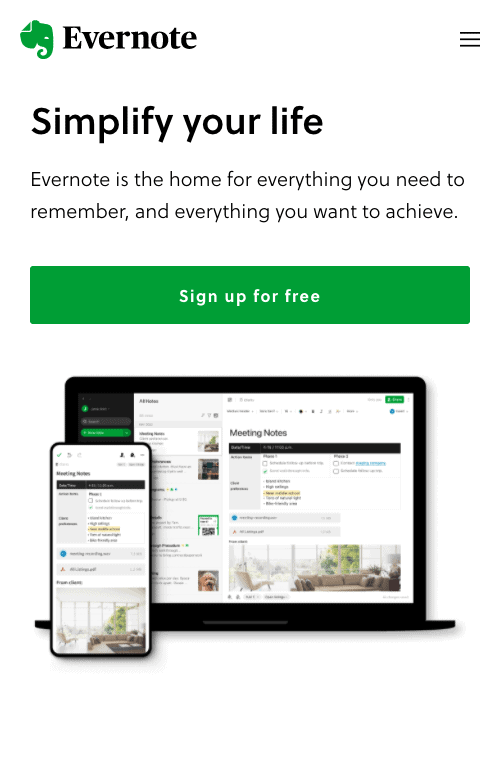B2B tech websites need to be special.
There’s always a temptation to focus heavily on what your business does: the technology used in your processes, the features of your offering, etc. Those things are great – and they can serve as validation of your business’s value.
But it’s important to put your own preconceptions aside when you’re designing your B2B tech website. If you don’t intentionally work to view your website from an objective perspective, your site will almost certainly have too much jargon, be too complicated to navigate, or even miss your target demographic entirely.
With that in mind, here are four questions to ask when designing and building a website for your B2B tech firm. These questions will give you the perspective you need in order to find out if your website design is optimal.
1. Does your B2B website make a great first impression?
Here’s a fact that keeps web designer up at night: from the first click a user makes onto your site, you have between 50 milliseconds and 6 seconds to create a positive first impression. Clearly, that’s not a ton of time. How are you going to impress that visitor in such a short time span?
Here’s how:
- Top-notch (and best practice) design
- Consistency in brand and messaging
- Simplicity
And here are three examples I like:
Complete Network

Evernote

PowerWest

The takeaway: be simple and call users to action.
There’s time to get into the nuts and bolts of your B2B tech firm later. Start with the basics.
And remember: maintain brand consistency.
Not only does creating a web design with brand consistency in mind help create a great first impression, but it boosts your aesthetic appeal as well.
Pro-tip: use the colors in your logo as the color palette for your website.
The colors should already be visually appealing and create a large part of the feel for your company (on the other hand, if you’ve been looking at your logo with increasing distaste for the past three years, this may be an opportune time for a logo-rebrand). Using your logo’s colors in your website design helps to ensure a consistent feel across your brand (and you’ll notice that the sites above tend to do this pretty well).
Get feedback.
Make sure your website is simple and easy to navigate to someone outside your industry – somebody who doesn’t live and breathe your business. Don’t use jargon in your menu items. Don’t pack your homepage with technical terms that only insiders would get.
One way to ensure you haven’t missed the mark is by having friends and family attempt to navigate the website. Or, if you want to go to the next level, install a tool like HotJar and see how real anonymous users interact with your site. Then, optimize on that data.
Feedback is a great way to make sure your website design is on the right track.
2. Do you know your audience?
B2B tech audiences obviously vary greatly depending on what your company’s offering. Who are your potential ideal clients? Don’t assume that you know the answer; test your best guesses with data.
We recommend engaging in client analysis through tools like client surveys, persona development, and the StoryBrand framework. The better you know your ideal clients, the better you’ll be able to speak to their needs on your website.
Based on those needs, craft your site in a way that puts your clients at the center. This means moving toward client-directed language: “Solutions to help you do x,” for example.
A few general tips:
- Be clear and concise in your messaging.
- Think through the purpose of each page, and build content to fulfill that purpose.
- Include prominent calls-to-action – free consultations, demos, etc. Don’t beat around the bush.
3. Does your website design generate qualified leads?
Targeting potential clients is done best through considered platform usage. That’s another way of saying this: identify (through data / research) the marketing channels where your audience lives, and then build your online presence accordingly. For example, you may be best able to reach older clients via email. You may be best able to connect with younger clients on social media. Don’t assume you know what channels make the most sense; do the research to verify this.
In general, though:
Directing traffic from social media to your website can boost your SEO and mobile compatibility, while giving you another outlet to generate leads.
Email newsletters are a great way to nurture your list. Let people know what updates you’re working on and what value your business is delivering. A newsletter is a great way to keep people up-to-date and potentially generate new sales from existing clients.
Your website should play a major role as you market your B2B tech business – and it should work hand-in-hand with the most effective channels for your audience.
4. Are you using the best technology?
SEO and a mobile-capable website are crucial in excellent website design. That’s as true for B2B tech firms as it is for any other industry.
People are more likely to connect to social media through their phone or tablet than their desktop computer. Mobile capability can boost lead generation and add to the simplicity of your website. Most importantly, if your website is not mobile capable, or too complicated to navigate on mobile, you have a large chance of losing leads. This is part of why starting simply is such a big deal in the first place.
For example, here’s Evernote’s mobile homepage:

Additionally, search engine optimization is a great way to generate leads and direct more traffic to your website. A great way to tell if you need to boost your SEO is if your company does not appear when you search for your company’s name, or if it’s missing when you search for your services and add your location.
Make your B2B tech website stand out.
Despite the constant trends and updates, B2B tech marketing is a game of consistency. You need a consistently-targeted website that will use the points above to generate growth in your user base.
At New North, we’re here to help.
Our website design specialists have decades of experience and cutting-edge expertise in producing websites utilizing these crucial aspects. We’ve worked with B2B tech companies like yours to put website design to use to boost business. Schedule a free review of your B2B tech website with one of our expert consultants today.






